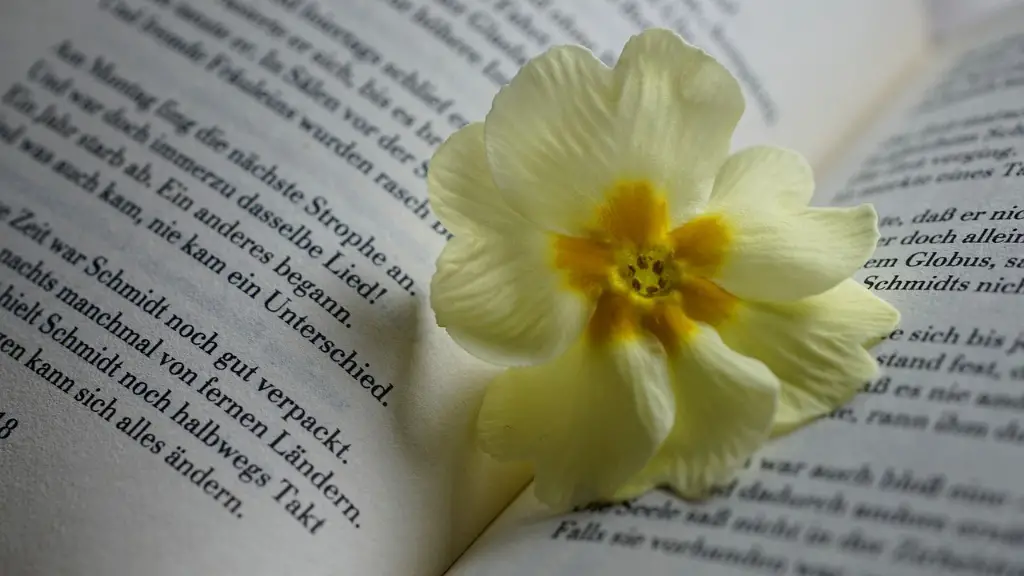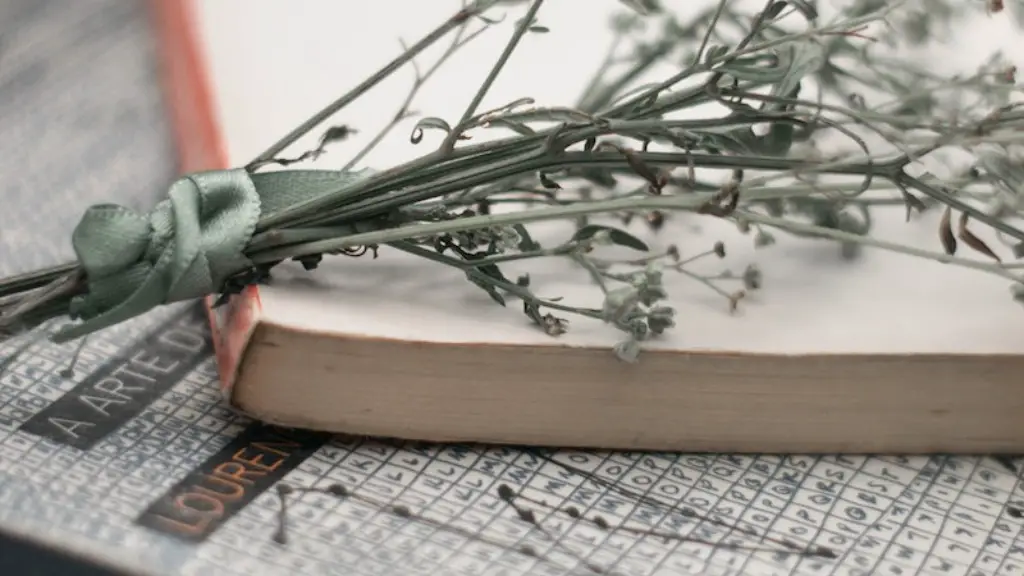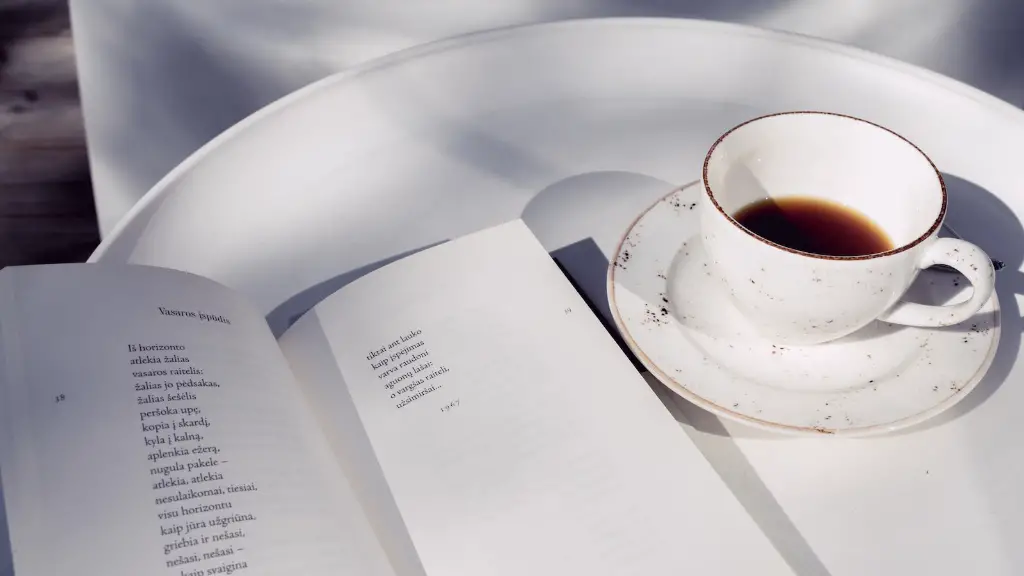Definition of Formal Poetry
Formal poetry is a type of poetry that is deliberately structured around a set of rules or guidelines. These rules include the meter or the poem’s rhythm, the rhyme scheme, and the stanzaic form. Formal poetry is the opposite of free verse, which is a poem that has no specific rules or structure. The structure of formal poetry is often used to help create a lyrical feel.
Meter
Meter is incredibly important in formal poetry. Meter is what creates the poem’s rhythm, and it is achieved through the use of syllables in each line. A certain number of syllables are usually needed in each line, and this creates the rhythm the poem. Most meters are quite specific, such as iambic pentameter where each line has five iambs (two syllables, one stressed syllable followed by an unstressed syllable), or anapestic hexameter which has six anapests (three syllables, two unstressed syllables followed by one stressed syllable).
Rhyme Scheme
Rhyme scheme is also important in formal poetry. It refers to the pattern of rhyme between lines. Common patterns when it comes to rhyme scheme are AABB, ABAB, or ABCB. This means in the first two lines there is the same rhyme, in the second two lines there is a different rhyme, or the first two lines have one rhyme and the next two a different rhyme.
Stanzaic Form
The stanzaic form of a poem is how the poem is broken up into sections or stanzas. Stanzas almost always follow a pattern when it comes to line length, rhyme scheme and meter. Poems such as the sonnet form are known for its specific stanzaic structure, which is typically 14 lines. The seven different parts of a sonnet each have a specific purpose within the narrative of the poem and need to be followed for the poem to be considered a sonnet.
History
Formal poetry has been around for centuries, with many well-known forms such as the sonnet, villanelle and sestina. These forms were often used by poets to express their feelings, tell stories or make arguments. During the 17th century, there was a trend of writing poems in more formal ways known as “metaphysical poetry”. This type of poetry was known for its long lines filled with poetic devices.
Examples
One of the most well known examples of formal poetry is William Shakespeare’s Sonnet 18: “Shall I compare thee to a summer’s day?” This poem follows the classic sonnet form with 14 lines, and iambic pentameter, and an ABAB rhyme scheme. Another example is Emily Dickinson’s “Because I Could Not Stop for Death”. This poem follows an iambic tetrameter and an ABCB rhyme scheme.
Influence of Modern Poetry
Although formal poetry is often associated with older works, modern poets still use formal structures in their works. For example, Maya Angelou’s “Phenomenal Woman”. This poem follows an iambic tetrameter with a regular rhyme scheme. Similarly, Robert Frost’s classic “Stopping by Woods on a Snowy Evening” also follows an iambic tetrameter, although it does not have a regular rhyme scheme.
Role of Traditional Poetry in Modern Society
Formal poetry is still incredibly relevant today and can be seen in popular music, literature and even everyday conversations. Although the rules of formal poems can seem restrictive, they can also serve to help guide writers to explore a certain theme or structure. Even though many modern works don’t necessarily follow the strict rules of formal poems, the influence of traditional structures can still be seen.
Use of Formal Poetry for Expression
Formal poetry can be a powerful tool for expression and communication. It is often used to express feelings or to tell stories in a way that is familiar to the reader. The traditional structure of formal poems also helps to emphasize certain themes or words. This can be seen in Robert Frost’s “Stopping by Woods on a Snowy Evening”, where the repetition of certain words as well as the consistent meter, helps to emphasize the importance of certain words.
Techniques Used in Writing Formal Poems
Writing formal poetry requires a great deal of skill and practice. It is often necessary to practice or experiment until the right meter, rhyme scheme and stanzaic form is found for the poem. It is important for the poet to be familiar with the rules of the traditional structure they are using and to take into consideration the potential impact of their words.
Specific Forms of Formal Poetry
Formal poetry is often associated with traditional forms of poetry, such as the sonnet, villanelle and sestina. The sonnet is a 14 line poem that follows the rhyme scheme ABAB CDCD EFEF GG. The villanelle is a 19 line poem with an ABaA abAB abAB abAB abAaB AabaB rhyme scheme. Finally, the sestina is a 39 line poem with a repeating pattern of 6 words which are interchanged throughout the poem.
Use of Metaphor
Metaphors are often used in formal poetry to help give the poem a greater impact or to align with the poem’s theme. This can be seen in William Shakespeare’s Sonnet 18, where he uses the metaphor of comparing someone to a summer’s day. Similarly, Emily Dickinson’s metaphor of comparing death to an everyday carriage ride highlights her view on death.
Innovative Uses of Formal Poetry
Many modern poets have used formal poetry in new and innovative ways. This can be seen in poets such as ee cummings, who used regular meter and rhyme schemes but often broke traditional rules of grammar and punctuation. Similarly, poets such as Marianne Moore, Louis Zukofsky and Allen Ginsberg have used their formal structures in creative, unexpected ways, such as combining the traditional structure of sonnets with free verse.
Conclusion
Overall, formal poetry can be a powerful tool for expression and communication. By using a traditional set of rules and guidelines, poets are able to convey powerful messages in ways that are both familiar to the reader and emotionally impactful. Although there are certain rules when it comes to traditional forms of formal poetry, some modern poets have used them in innovative ways, making them even more powerful.



